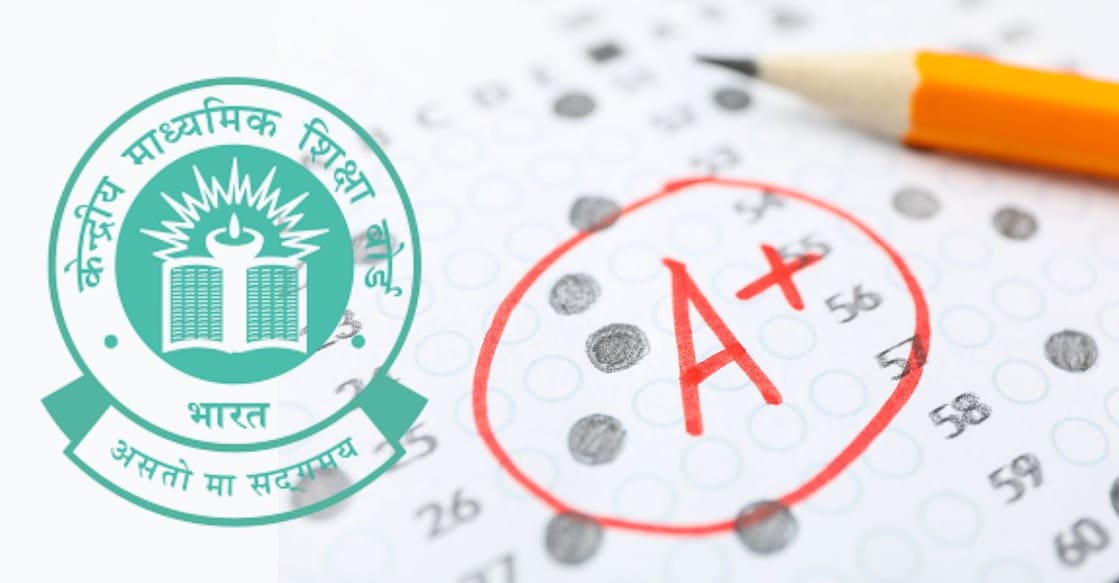CBSE Class 10, 12 Results: How the board’s grading system works

Mail This Article
The Central Board of Secondary Education (CBSE) follows a grading system aimed at reducing academic pressure and offering a more holistic evaluation of student performance. Instead of awarding raw marks, the board assigns grades that reflect a student’s relative standing within their peer group. This system is used in both Class 10 and Class 12 board examinations.
What is the CBSE grading system?
CBSE uses a 9-point grading scale for each subject. Students do not receive marks on the final result sheet; instead, they are awarded letter grades that correspond to grade points based on percentile ranks. Unlike absolute grading (which uses fixed cut-off marks), CBSE uses a relative grading system. Here, grades are distributed based on a student's performance relative to peers in that subject.
For instance, instead of assigning A1 to everyone scoring 91–100, CBSE awards A1 to the top 1/8th of passed candidates. This ensures fairness despite subject difficulty or annual performance variations.
Class 12 evaluation
In Class 12, CBSE follows a marks-based system, but grades are displayed alongside marks in the result sheet. These grades are assigned subject-wise using a relative grading method, based on the overall performance of all candidates in each subject.
Class 10 evaluation
In Class 10, CBSE also provides a CGPA — the average of grade points obtained in five main subjects (excluding additional subjects).
Cumulative Grade Point Average (CGPA)
- CGPA = Total grade points in 5 subjects ÷ 5
- Percentage = CGPA × 9.5
- Example:
- If a student has a CGPA of 8.2, their percentage is:
- 8.2 × 9.5 = 77.9%
Grade Distribution Pattern
All passed candidates in a subject are divided into the following grade brackets:
- A1 – Top 1/8th
- A2 – Next 1/8th
- B1 – Next 1/8th
- B2 – Next 1/8th
- C1 – Next 1/8th
- C2 – Next 1/8th
- D1 – Next 1/8th
- D2 – Next 1/8th
- E – Essential Repeat (did not pass)
Adjustments and Exceptions
- Minor adjustments are allowed to accommodate ties or borderline cases.
- The grading system is applicable only if more than 500 candidates have passed a subject.
- For subjects with fewer than 500 passed candidates, grading is done by comparing performance with similar subjects.
Examples of Grading Allocation
From CBSE’s data:
Hindi (159,052 passed):
Top 19,882 students receive A1
Next 19,882 get A2, and so on.
Economics (383,647 passed):
Top 47,956 students receive A1
Next 47,956 get A2, and so on.
NCC (304 passed):
Only 38 students receive each grade level.

